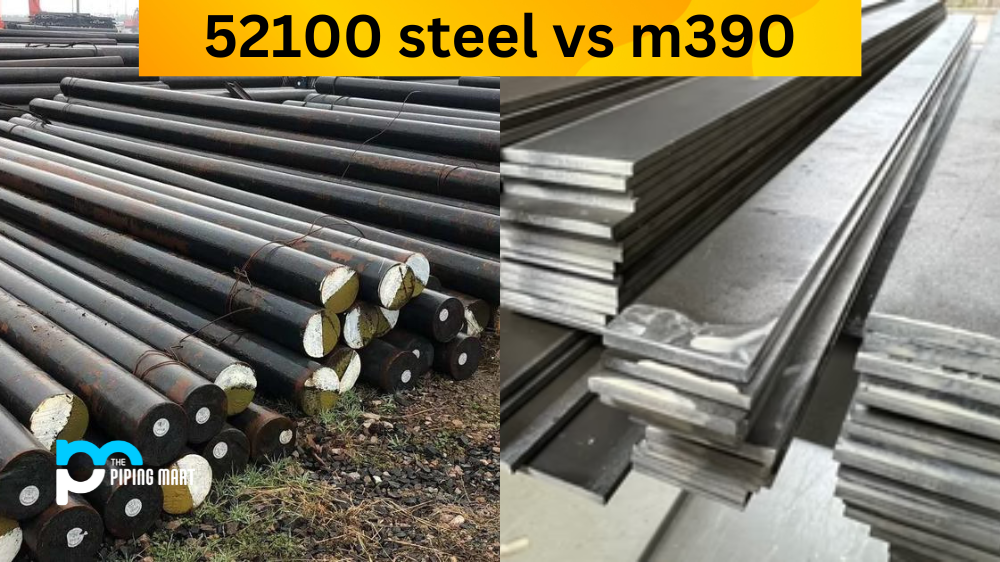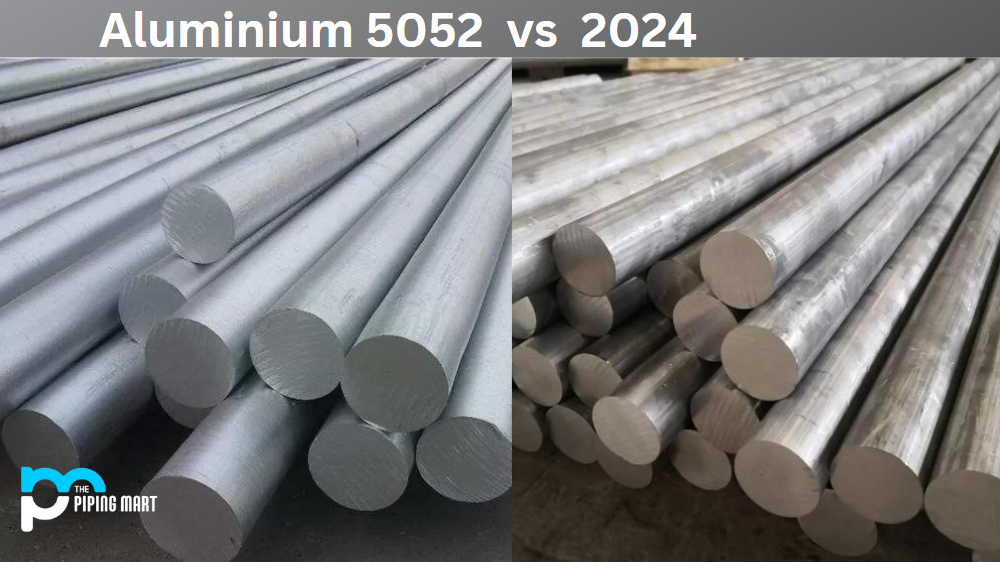It’s often said that quality knives don’t come cheap, and that’s true for a good reason. The type of steel used in a knife goes a long way in determining its durability and effectiveness in cutting. Two common steel types that have gained popularity in recent years are 52100 steel and M390. Both are high-quality steels but have distinct differences that set them apart. This blog post examines what makes these two steel types unique and highlights their pros and cons.
Difference Between 52100 Steel and M390
Composition and Properties
52100 steel is a high-carbon, low-alloy steel known for its wear resistance. It is a ball-bearing steel containing chromium and small amounts of manganese, silicon, and carbon. 52100 has a Rockwell hardness of around 60-65, which makes it great for tasks requiring sharpness and durability.
M390, on the other hand, belongs to the family of high-performance powder steels. It comprises 1.9% carbon, 4% vanadium, 20% chromium, 1% molybdenum, and 0.7% tungsten. Unlike the 52100, M390 has high corrosion resistance, making it ideal for knives designed for outdoor and marine activities. M390 has a Rockwell hardness of around 60-62.
Edge Retention
Both 52100 steel and M390 are known for their excellent edge retention properties. However, M390 has an edge over 52100 steel in this aspect. Its finer grain structure allows it to retain its sharpness for extended periods. On the other hand, 52100 may require frequent sharpening to maintain its edge.
Toughness
Toughness measures how well a steel type can withstand stress and pressure without breaking. In this aspect, 52100 steel outshines M390. 52100 is a tough steel that can resist chips and dents. M390, on the other hand, is relatively brittle and can chip under tremendous pressure.
Corrosion Resistance
One of the significant differences between 52100 steel and M390 is their corrosion resistance levels. 52100 is not stainless steel and is, therefore, not highly corrosion-resistant. It requires regular oiling to prevent rust formation. M390, on the other hand, has high corrosion resistance thanks to its high chromium content. It can withstand rust and other forms of degradation in harsh environments.
Price
Last, price is essential when choosing between 52100 steel and M390. M390 is a premium steel type requiring high-grade materials and advanced production methods. It is, therefore, more expensive than 52100 steel.
Conclusion
In summary, 52100 steel and M390 are excellent steel types that recently gained popularity. They have distinct properties that make them ideal for various cutting tasks. Choosing between the two depends on the intended use, maintenance, and budget. 52100 steel is a tough and durable steel type that is great for cutting tasks that require wear resistance. M390, on the other hand, is a high-performance steel with excellent edge retention and corrosion resistance. It is ideal for use in knives designed for outdoor and marine activities. Whichever steel type you choose, it’s important to take proper care of your knife to maintain its performance and durability.

A passionate metal industry expert and blogger. With over 5 years of experience in the field, Palak brings a wealth of knowledge and insight to her writing. Whether discussing the latest trends in the metal industry or sharing tips, she is dedicated to helping others succeed in the metal industry.




